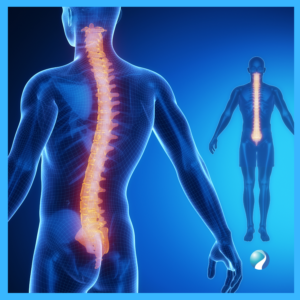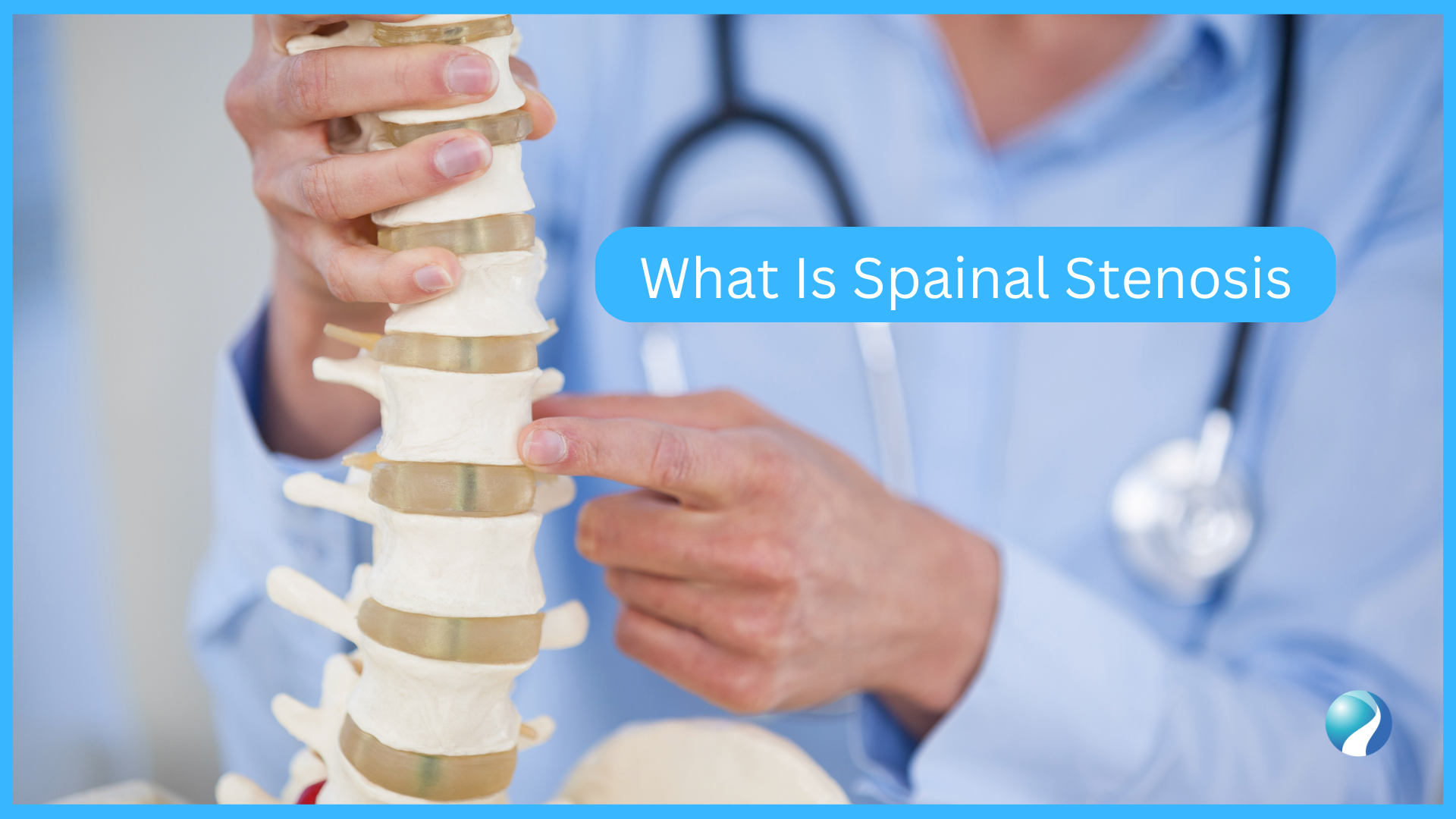Spinal stenosis is a medical condition that affects the spinal canal, the pathway that runs through the vertebrae of the spine and contains the spinal cord and nerves. It occurs when the spinal canal narrows, putting pressure on the spinal cord and nerves. This can cause pain, weakness, and numbness in the arms and legs, as well as problems with balance and coordination.

Stenosis refers to the narrowing of a passage or opening in the body. There are many different causes of stenosis, depending on the part of the body affected. Some common causes of stenosis include:
Degenerative changes: As people age, their bones and tissues can undergo degenerative changes that can cause stenosis. For example, spinal stenosis is often caused by degenerative changes in the spine.
Herniated discs: A herniated disc can put pressure on nerves and cause stenosis.
Trauma: Trauma, such as a fracture or dislocation, can cause stenosis in some cases.
Tumors: Tumors that grow near or around a passage in the body can cause stenosis by pressing on the opening.
Inflammatory conditions: Inflammatory conditions such as arthritis or inflammatory bowel disease can cause stenosis in certain areas of the body.
Congenital abnormalities: Some people are born with narrow openings in their body that can lead to stenosis.
Infections: Infections can cause inflammation and scarring, which can lead to stenosis.
These are just a few examples of the many possible causes of stenosis. The specific cause will depend on the location and severity of the stenosis.
The prognosis of spinal stenosis can vary depending on the severity of the condition and the individual’s overall health. However, with proper diagnosis and treatment, most people with spinal stenosis can manage their symptoms and maintain their quality of life.
In general, the prognosis for spinal stenosis is better for those who receive early treatment. If left untreated, spinal stenosis can worsen over time, leading to more severe symptoms and potentially permanent damage to the spinal cord and nerves.
The first step in treating spinal stenosis is to diagnose the condition through imaging tests such as X-rays, CT scans, or MRIs. Once diagnosed, treatment options may include:
– Medications: Pain relievers, such as acetaminophen or nonsteroidal anti-inflammatory drugs (NSAIDs), can help manage pain and inflammation associated with spinal stenosis.
– Physical therapy: Strengthening and stretching exercises can help improve mobility, balance, and coordination. Physical therapy can also help reduce pain and improve overall function.
– Injections: Corticosteroid injections can help reduce inflammation and relieve pain in the affected area.-
Surgery: In severe cases, surgery may be necessary to relieve pressure on the spinal cord and nerves. The type of surgery performed will depend on the location and severity of the stenosis.
In general, the prognosis for spinal stenosis is good for those who receive prompt and appropriate treatment. Most people with spinal stenosis are able to manage their symptoms and maintain their quality of life with a combination of medication, physical therapy, and other conservative treatments.
It is important to note that spinal stenosis is a chronic condition that may require ongoing management and treatment. Regular follow-up appointments with a healthcare provider are important to monitor the progression of the condition and adjust treatment as needed.
Spinal stenosis is a serious medical condition that can cause significant pain and disability. However, with proper diagnosis and treatment, most people with spinal stenosis can manage their symptoms and maintain their quality of life. It is important to seek prompt medical attention if you experience symptoms of spinal stenosis, as early diagnosis and treatment can improve the prognosis of the condition.
Chiropractors may use a variety of techniques to treat spinal stenosis, which is a condition characterized by the narrowing of the spinal canal. Some common chiropractic techniques that may be used to address spinal stenosis include:
It’s important to note that the effectiveness of chiropractic treatment for spinal stenosis may vary depending on the individual and the severity of their condition. Chiropractic care may be used in conjunction with other treatments, such as medication or physical therapy, to provide the best possible outcome for the patient. It’s always a good idea to talk to your healthcare provider before starting any new treatment regimen.
